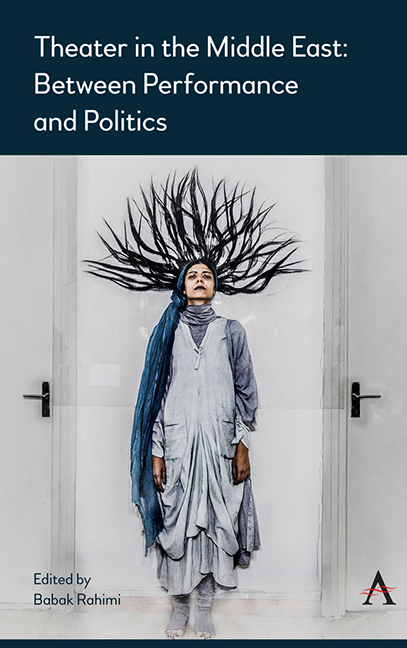Chapter 2 - Harem Entertainers: Female Performers in Qajar Courts
Published online by Cambridge University Press: 04 February 2022
Summary
The Qajar era (1789–1925) is synonymous with corruption and impotent rulers, Great Britain and Russia's colonialist invasion of Iran, wars and the loss of land and murdering those who had the Iranian people's interest in mind. It is also tarnished with the image of women confined to the harem or andaruni of residences, deprived of formal education and viewed as secondary citizens, thus voiceless. The last four Qajar kings’ travels to Europe and their love for visual and performing arts and entertainment drained Iran's treasury, but granted the elite their very first access to new technology and European art. Naser al-Din Shah, the fourth Qajar king (1848–1896), became fascinated with Europe arts and technology. He not only changed fashion in his harem but engaged in photographing his wives and other courtiers. A closer look at some of the photographs demonstrates the presence of women and their silent struggle to find their place in society. However, hidden from the eyes of the world, some of these women used performance, dance and music as a tool to shed light on their daily struggles in a patriarchal system. Foreign diplomats and professionals who traveled to Iran have also left a valuable collection of travelogues, diaries and photographs that give us a glimpse of life in the Qajar court and harem.
The collections of photographs taken by Naser al-Din Shah, his official court photographer, Antoin Sevruguin, and his daughter, Taj al- Saltaneh, in addition to other accounts written by courtiers are priceless sources of information on Iran's first steps toward modernization. The photographs are vivid evidence of harem women's performances, which took various forms such as musical performances accompanied by dance (bāzi-hā), religious role- playing in Iranian passion play (Taʿzieh), the king's games to appease his harem and the European-influenced theatrical skits.
This chapter studies Qajar women's amateurish, yet creative and arguably political performances from mid-nineteenth to the end of the century, prior to the Constitutional Revolution (1905–11) that marked Iran's turning point in sociopolitical formation. The harem women's artistic existence beyond the prevalent notion of being oppressed victims of patriarchy poses a challenge to the sociopolitical and conservative culture of Iran during the Qajar era and bears witness to women's claim of the right to be visible and have a voice.
- Type
- Chapter
- Information
- Theater in the Middle EastBetween Performance and Politics, pp. 43 - 62Publisher: Anthem PressPrint publication year: 2020

